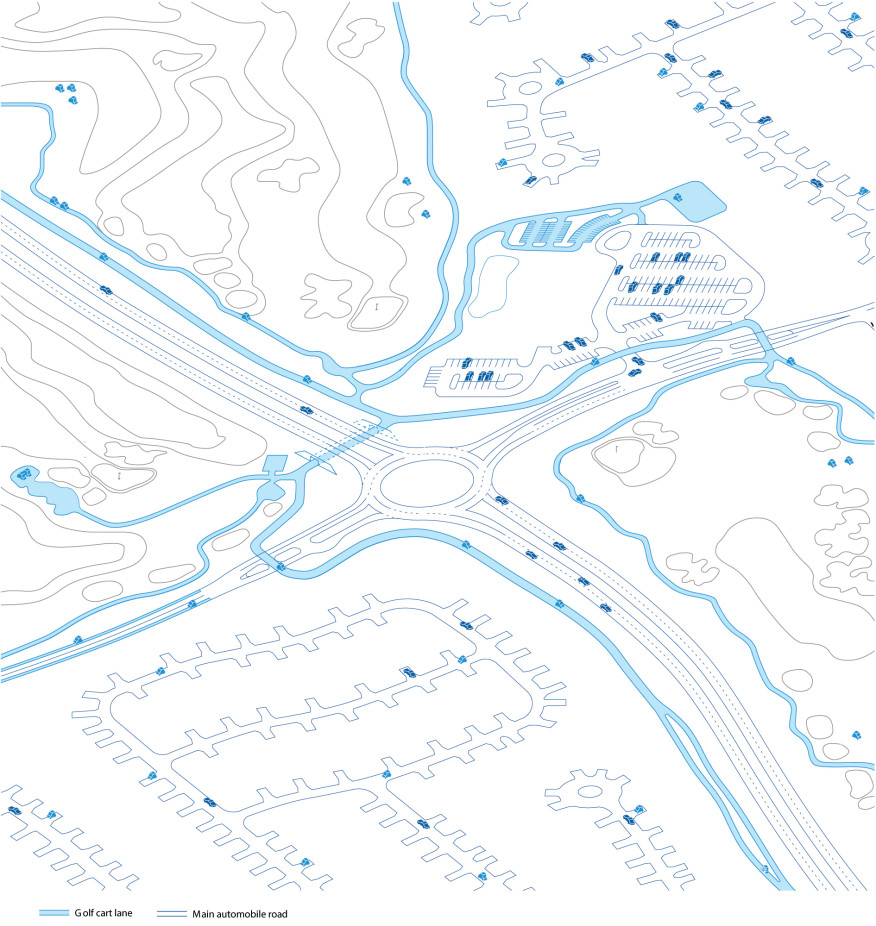
Urbanism of the New Third Age
This research addresses the intersection of two of the most important socio-demographic transformations occurring in our contemporary world: population ageing and urbanization. It reacts to these parallel shifts by identifying and conceptualizing emerging urban experiments for this exploding demographic.
Liberated from the responsibilities of the first and second life phases – education and work/childcare – and uninhibited by the physical decrepitude of old old-age, the demographic group known as the ‘new third age’ has emerged as the site of some of the most radical experiments and innovations in subjectivity, social collectivity, and urbanism. Many of the urban experiments associated with this ‘late freedom’ are latent, in the sense that they are yet to be integrated into urban discourse. Addressing various aspects of urbanism including: scale, density, temporality, mobility, themeing, typology, landscape and infrastructure, these experiments suggest new conceptual approaches and material techniques to be either re-applied to the urban challenges of the elderly demographic or imported into the general disciplines of architecture and urbanism.
The research is based on an analysis of four case studies: i) Senior Recreational Vehicle Community, USA: a nomadic population of seniors numbering over three million, communicating predominantly via satellite internet; ii) Villages of Florida, USA: the largest retirement community in the world, exhibiting extensive electric-cart mobility infrastructure; iii) Costa Blanca, Spain: a high-density beach ‘wall’ of retirement migrants from western and northern Europe; and iv) Huis Ten Bosch, Nagasaki, Japan: a hybrid cultural theme park and retirement community.
